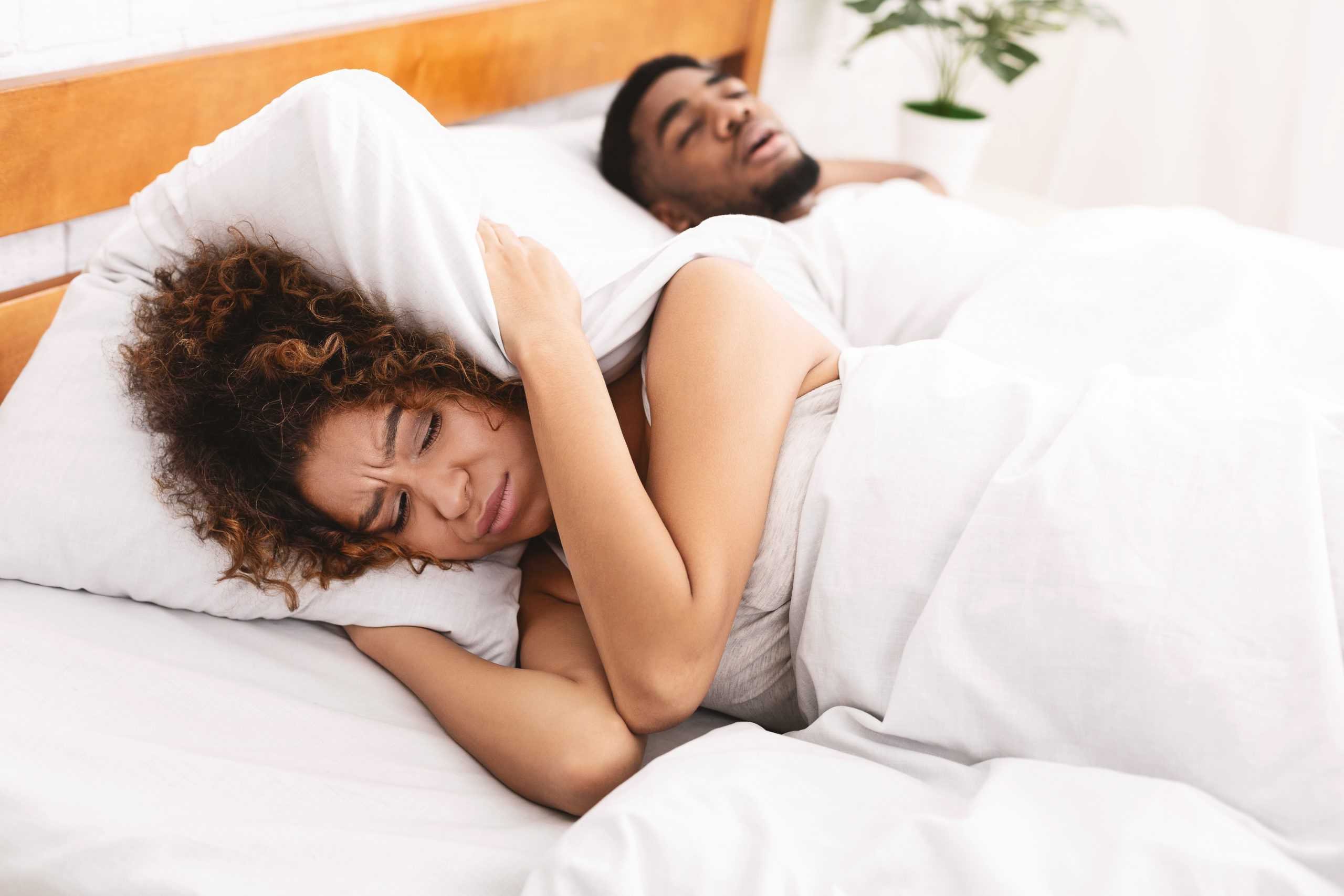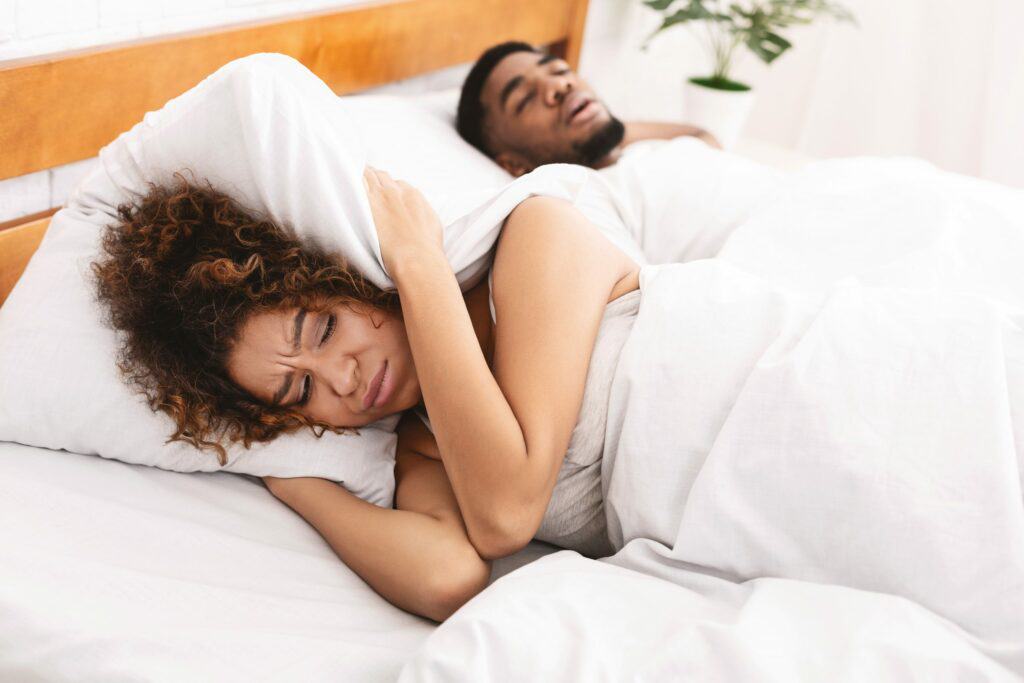Sleep Apnea and Oral Appliance Therapy

Sleep apnea is a potentially serious sleep disorder that’s much more common than people think. Obstructive sleep apnea (OSA), specifically, is estimated to affect up to 9% of adults in the U.S. Of course, that doesn’t include the many cases that go undiagnosed.
There are many ways to treat sleep apnea, such as positional therapy and surgery, but you should also consider oral appliance therapy. Here’s some information on the dangers of sleep apnea and the benefits of oral appliance therapy to treat it.
Dangers of Sleep Apnea
Sleep apnea happens when your upper airway muscles relax and cut off your airway. In some cases, extra fat around your chest and neck can also put excessive pressure on your airway.
When that happens, you can lose air for at least multiple seconds until your body reacts. Not only is this bad for your sleep, but severe obstructive sleep apnea can increase the risk of heart disease, diabetes, and more.
The signs of sleep apnea include snoring, dry mouth, and waking up startled in the middle of the night. More often than not, a bed partner notices the signs of sleep apnea before the sleeper does.
The severity of sleep apnea is diagnosed based on the number of breathing pauses you experience every hour you’re asleep. A severe case can experience one pause at least every two minutes.
Causes of Sleep Apnea
It’s believed that obesity is the main cause of sleep apnea. However, not every person with sleep apnea is obese, and not every obese person develops sleep apnea. There’s also evidence supporting the theory that sleep apnea is associated with a higher risk of diabetes.
Weight loss is generally recommended for treating sleep apnea, especially when a patient accumulates fat in the neck or upper belly.
Some other causes of sleep apnea include anatomical characteristics, the use of sedatives, family history, and more. Sleeping on your back makes it easier for your neck to become closed off, and nasal congestion limits the amount of air you can take in.
There is also central sleep apnea. This uncommon type happens when your brain doesn’t send a signal to your breathing muscles and your body simply forgets to breathe.
If you notice you’re having disrupted sleep or any of the various symptoms of sleep apnea such as brain fog, irritability, headaches, or dry mouth, reach out to your primary physician.
How to Treat Sleep Apnea
The standard treatment for sleep apnea is using a CPAP, or a continuous positive airway pressure, machine. Using this involves wearing a mask during sleep, and the machine itself regulates your breathing without any input from the wearer.
However, while this regimen can help you sleep better, it’s not right for everyone. It also doesn’t solve the underlying cause of your sleep apnea.
An alternative sleep apnea treatment is to wear a mouth device to move the jaw forward. This increases the size of the upper airway and can help with mild or moderate OSA. Patients can also sleep on their sides to experience less airway obstruction.
In some patients, enlarged tonsils and adenoids obstruct the airway. Removing them can help improve a patient’s sleep significantly.
There’s also the case of excessive weight or obesity as a contributor. Weight loss and firming up the jawline can reduce a person’s OSA.
For more mild cases, oral appliance therapy is one of the best ways to reduce the effects of sleep apnea and correct your sleep habits.
What Is Oral Appliance Therapy?
Oral appliance therapy, or OAT, refers to wearing a dental device while you sleep to treat sleep apnea. It looks like an ordinary mouth guard, but it holds your tongue and jaw in place to prevent you from blocking your airway.
Each device is custom-made for each specific patient. The appliance Dr. Blum recommends may depend on whether or not a patient grinds their teeth and the severity of their condition.
Although medical insurance will usually cover the diagnosis of your condition and its associated treatment, it may not pay for the fabrication of your oral appliance. Making the appliance can take as long as 2-3 weeks, but it can last up to five years.
You can find similar types of mouthguards online or at your local pharmacy, but our oral appliances are carefully fitted to your soft palate and tongue. They reposition your jaw and are made to match your bite. Our appliances not only last longer, but they work better.
Benefits of Oral Appliance Therapy
Since oral appliance therapy makes use of a dental appliance, there are several benefits you can look forward to.
For one, it’s small and light, which is great for those who travel a lot. It’s also cheaper than a CPAP machine and doesn’t require electricity to operate. You also won’t have to listen to a machine making noise all night long and regulating your breathing.
If you have very severe sleep apnea, you can also use a dental appliance in conjunction with PAP therapy to improve your breathing.
Oral appliance therapy is a low-impact option for treating less severe forms of sleep apnea and a great option if you’re not a fan of the CPAP machine.
Sleep Apnea Treatment You Can Trust
Your sleep apnea might not seem like a serious condition right now, but it can have debilitating effects that will get worse over time. Treating it doesn’t have to be as invasive as buying a CPAP machine, however.
Whether it’s to get fitted for oral appliance therapy or one of our other services, Dr. Rinaldi and his team are committed to providing exceptional care. Schedule an appointment with our office and we can create a treatment plan tailored specifically for your needs.
